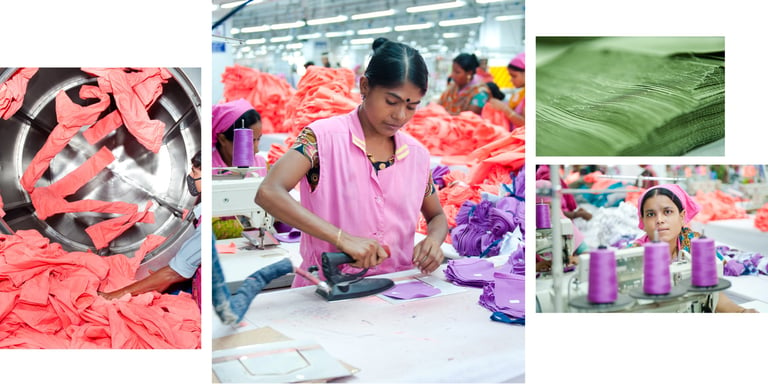- Sustainability
A responsible world of fashion
Can you love fashion and at the same time be part of a sustainable future? We are convinced that you can. We want to create clothes that you love to wear, again and again – and at the same time take our responsibility for the world around us.

Our sustainability work
Sustainability targets
Climate footprint halved, a range designed for the circular economy, and traceability from fibres to garments. These are some of our key sustainability targets.
Climate
We are committed to reducing our environmental footprint. By 2040, our carbon emissions will be at net zero.
Suppliers and factories
We only work with suppliers that share our commitment to responsible clothing production. We set clear requirements for working conditions and sustainability transitions, and visit the factories to ensure our requirements are followed.
Social sustainability
We want to contribute to an inclusive and more equal world. That's why we promote social justice in every country where we operate.
Children’s rights
The Kappahl Group is one of Bris' largest partners. Thanks to this long-standing partnership, thousands of children and young people have been able to talk with the organisation’s counsellors.
Sustainability report
Like to know more about our sustainability journey? In our latest sustainability report we describe our work and progress.

Our progress
21%
reduced climate emissions between 2022 and 2024.
95%
of our garments use materials with less environmental impact than conventional ones.
100%
of our cotton is certified.
1,500+
women have graduated from our training center in Bangladesh.